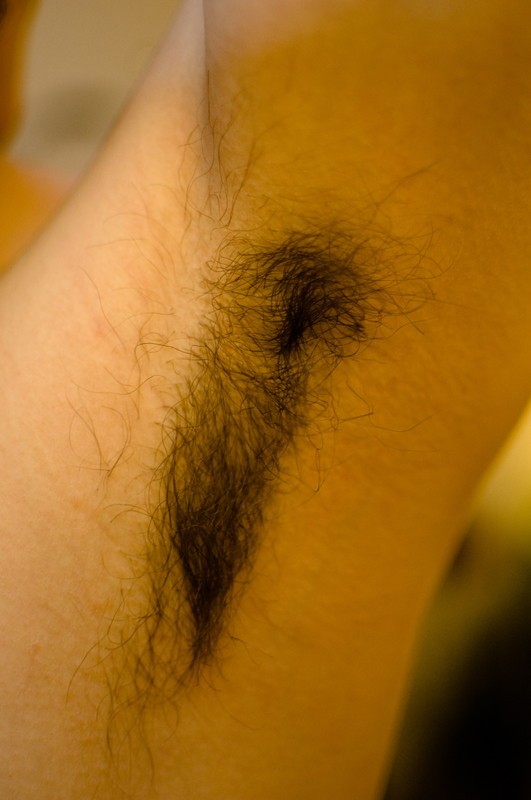To shave or not to shave?
Winnipeg women have the luxury of covering their body hair with long clothes in the winter months – but should they have to?
Shaving cuts, painful self-waxing and sadistic aestheticians are all familiar experiences in the realm of removing female body hair.
As far back as 4,000 B.C., Muslim countries have been known to remove female body hair, mainly for hygienic reasons.
“If you think about living without access to water or somewhere really hot with incidences of lice or flies, hair removal is a response to the environment,” says Fiona Green, chair of the faculty of Women’s and Gender Studies at the University of Winnipeg.
Considering Winnipeg’s environment consists of knee-deep snow and – 30 C temperatures for half the year, the natural response to the environment would be to keep your body hair for an extra layer of warmth.
Not quite.
“We’re just as busy in the winter as we are in the summer for waxing – plus a lot of people go away in the winter,” says Cathy Pasieka, manager of the Magic Room spa on Edmonton Street.
“ The fashion industry in general is not into hairy people – hair is not something that’s seen as beautiful on the body. Mainstream pornography has a lot to do with that.
Fiona Green, chair, Women’s and Gender Studies, University of Winnipeg
For most women living in the Western world after the 20th century, removing body hair is the aesthetic social norm brought about by portrayals of beauty through the fashion industry and media.
When bathing suits became more risqué, revealing the entire leg in the 1940s, too much body hair became taboo.
“The fashion industry in general is not into hairy people – hair is not something that’s seen as beautiful on the body. Mainstream pornography has a lot to do with that,” said Green.
But not everyone fits into that norm.
Feminist groups in the 1960s rebelled against the prescribed notion that femininity is hairless.
Today, it is more acceptable to choose whether or not you want to remove your hair based on your own personal preference.
In high school, Lauren Maxfield, a fine arts student at the University of Manitoba, stopped shaving her legs after her classmates were revolted by a movie about women who did not shave.
“This infuriated me. I didn’t shave for months and months,” she said. “I went up in front of my theatre class to do a scene, and I made sure my costume showed my legs. It was like my big ‘fuck you’ to everyone.”
Maxfield says that as she’s grown older, she’s given in to pressures of shaving, but also admits that it has to do with comfort.
“I also think it feels really good. I love crawling into bed right after shaving, and feeling the sheets on my legs,” she says.
Just as having smooth legs is a lot of work for women, men often take a lot of time to groom their facial hair, and, according to Green, the trend of removing body hair is growing on men, too.
“Men have been removing their body hair a lot more recently – it might be because the buff body is the ideal body for both men and women and having that sleek hairless body can emphasize those muscles,” she says.
However, as trends are constantly changing, body hair on both men and women could always be on their way to making a big comeback.
Published in Volume 65, Number 23 of The Uniter (March 17, 2011)








